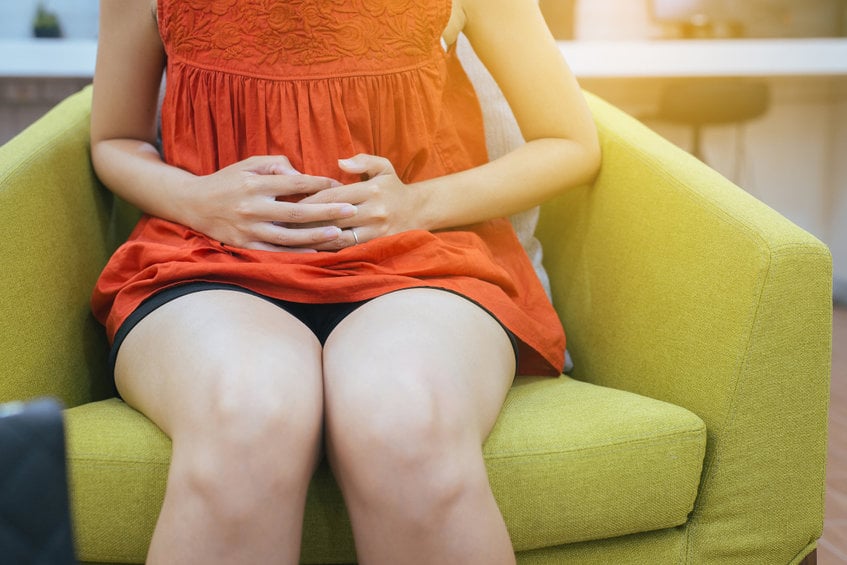That Pain Could Be PID
Pelvic inflammatory disease (PID) is a painful condition more than 2.5 million American women endure every year. PID happens when bacteria or an infection moves from the vagina to the upper genital tract. If left untreated, PID damages the womb, fallopian tubes, and ovaries. In severe cases, the infection can move to other organs like the abdomen. With PID, the goal is to identify the condition and get treatment as soon as possible.

What causes pelvic inflammatory disease anyway?
Bacteria located in the vagina can move to the cervix. However, most cases happen due to a sexually transmitted infection (STI). Some women could have common STIs like chlamydia, gonorrhea, and HPV without symptoms. Eventually, the condition can move to the reproductive tract, especially with repeated unprotected sex. Finally, on rare occasions, procedures like IUDs or abortions can transfer the infection. Looking for these 3 early signs of illness can help with treatment.
1. Look out for unexplained pelvic pain
As the infection moves to the genital tract, pain and inflammation occur. The pain manifests as mild to moderate pelvic pain or abdominal pain. Pain is often expected before and during the period. However, if the period is long gone and the pain persists, there could be an underlying issue.
2. Heavy and painful periods
At the start of a woman’s period, there is some light cramping and pelvic pain. However, unbearable pain each cycle could be a sign of infection. Heavy periods well past day 3 should signal a doctor’s visit. Yes, there are other reasons for heavy, painful periods. However, a doctor can perform an STI test or further checks to rule out PID.
3. Discomfort or bleeding during sex
Pain during sexual intercourse should be a red flag. The inflammation can get exacerbated during sex. Some women describe the pain during sex as a constant dull ache. Other symptoms include bleeding or an unpleasant vaginal discharge. If a woman or a partner has unprotected sex or sex with multiple partners, the chances of infection increase significantly.
Here’s why you should take PID seriously
Women must address these symptoms immediately to avoid further damage to the reproductive organs. PID is known to scar the endometrium, fallopian tubes, and ovaries, which can cause infertility. Scarring also increases the chance of an ectopic pregnancy, where the fetus begins to form in the Fallopian tubes. Women with a previous PID are more likely to contract the disease again, leading to infertility. If that happens, techniques like IUI or IVF are the only ways to get pregnant.
Preventing Fallopian tube damage
The fallopian tubes transport the egg to meet the sperm during conception. If there is damage or blockage, pregnancy becomes more difficult. The best way to prevent damage is to reduce the chances of infection. Use condoms during sex, especially if there are multiple partners involved. Get checked for PID immediately, with all sexual partners tested for STIs. If detected early, antibiotics can clear up the infection. However, avoiding multiple cases of PID by taking these precautions is best.
Take PID seriously
Pelvic inflammatory disease is a painful, distressing condition. Women who have suffered from PID before would agree that prevention is more valuable than cure. Be sure to look for symptoms like pelvic pain, painful periods, and painful intercourse. Then, see an OB/GYN right way. Even if pregnancy is not on the cards right now, early detection protects the fallopian tubes and prevents infertility.




